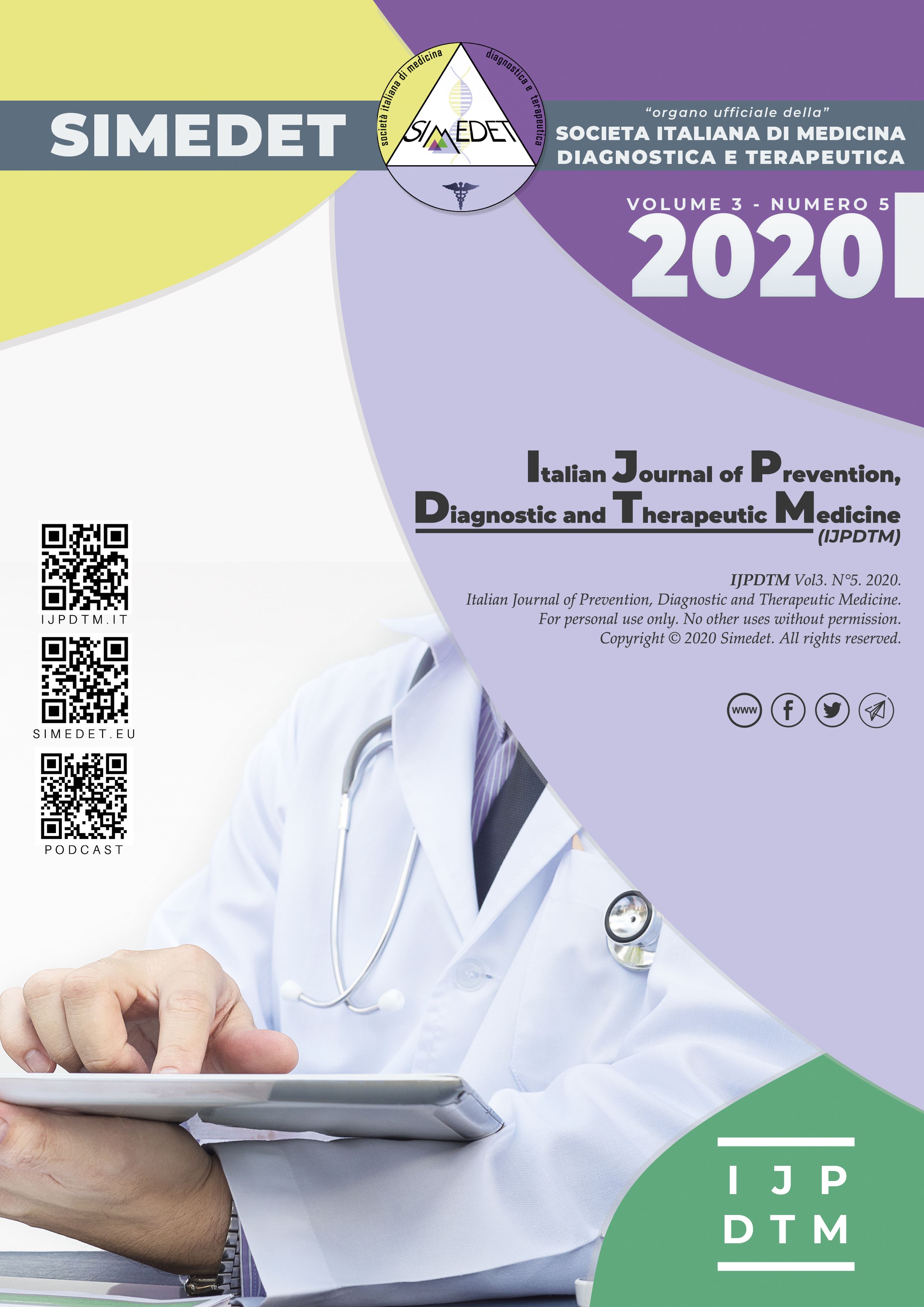Allergia al gatto chiarimenti e gestione clinica
Contenuto principale dell'articolo
Abstract
La crescente presenza di gatti nelle case, associata a livelli significativi di allergeni dell’animale anche in aree dove non sono presenti (case, scuole, asili nido, luoghi di lavoro), ha contribuito ad aumentare la frequenza di allergie a questi animali nei paesi industrializzati.
Gli animali sono la terza causa principale di asma allergico, dopo acari della polvere e pollini. Oltre ai proprietari di animali domestici e ai loro familiari, i professionisti coinvolti nella cura e nella ricerca degli animali sono un gruppo chiaramente colpito, che rappresenta fino a un terzo dei pazienti sensibilizzati. L’allergia al gatto rappresenta dunque un problema di salute significativo con domande irrisolte sulla gestione clinica, diagnosi, trattamento e prevenzione, che porta purtroppo alcune persone ad abbandonare il proprio gatto per risolvere il problema alla radice.
Downloads
Dettagli dell'articolo

Questo lavoro è fornito con la licenza Creative Commons Attribuzione - Non commerciale - Non opere derivate 4.0 Internazionale.
Riferimenti bibliografici
Portnoy J, Kennedy K, Sublett J, et al. Environmental assessment and exposure control: a practice parameter–furry animals. Ann Allergy Asthma Immunol. 2012;108:223.e1-223.e15.
Shah R, Grammer LC. Chapter 1: an overview of allergens. Allergy Asthma Proc. 2012;33(Suppl 1):S2-S5.
Lodge CJ, Allen KJ, Lowe AJ, et al. Perinatal cat and dog exposure and the risk of asthma and allergy in the urban environment: a systematic review of longitudinal studies. Clin Dev Immunol.
;2012: 176484.
Collin SM, Granell R, Westgarth C, et al. Pet ownership is associated with increased risk of non-atopic asthma and reduced risk of atopy in childhood: findings from a UK birth cohort. Clin Exp Allergy. 2015; 45:200-210.
Park YB, Mo EK, Lee JY, et al. Association between pet ownership and the sensitization to pet allergens in adults with various allergic diseases. Allergy Asthma Immunol Res. 2013;5: 295-300.
Pyrhonen K, Nayha S, Laara E. Dog and cat exposure and respective pet allergy in early childhood. Pediatr Allergy Immunol. 2015;26: 247-255.
Perfetti L, Hebert J, Lapalme Y, Ghezzo H, Gautrin D, Malo JL. Changes in IgE-mediated allergy to ubiquitous inhalants after removal from or diminution of exposure to the agent causing occupational asthma. Clin Exp Allergy. 1998;28:66-73.
de Moral Gregorio A, Carretero An_ibarro P, Mateo Borrega M, Zapata Y_ebenes J. Cap_itulo 20: Principales al_ergenos de interior. En: D_avila Gonz_alez IJ, J_auregui Presa I, Olagu_ibel Rivera JM, Zubeldia Ortu no JM, eds. Tratado de Alergolog_ia. 2 edn, Tomo 1. Madrid, Spain: Erg_on, 2015; 287-310.
Sabbah A, Lauret MG, Chene J, Boutet S, Drouet M. The pork-cat syndrome or crossed allergy between pork meat and cat epithelia (2). Allerg Immunol (Paris). 1994;26:177-180.
Ad_edoyin J, Gr€onlund H, Oman H, Johansson SG, van Hage M. Cat IgA, representative of new carbohydrate cross-reactive allergens. J Allergy Clin Immunol. 2007; 119:640-645
Butt A, Rashid D, Lockey RF. Do hypoallergenic cats and dogs exist? Ann Allergy Asthma Immunol. 2012; 108:74-76.
Kilburn S, Lasserson TJ, McKean M. Pet allergen control measures for allergic asthma in children and adults. Cochrane Database Syst Rev. 2003:CD002989.
Custovic A, Simpson A. The role of inhalant allergens in allergic airways disease. J Investig Allergol Clin Immunol. 2012; 22:393-401.
Crocker DD, Kinyota S, Dumitru GG, et al. Effectiveness of homebased, multi-trigger, multicomponent interventions with an environmental focus for reducing asthma morbidity: a community guide systematic review. Am J Prev Med. 2011;41: S5-S32.
Custovic A, Green R, Fletcher A, et al. Aerodynamic properties of the major dog allergen Can f 1: distribution in homes, concentration, and particle size of allergen in the air. Am J Respir Crit Care Med. 1997; 155:94-98.
Wood RA, Johnson EF, Van Natta ML, Chen PH, Eggleston PA. A placebo-controlled trial of a HEPA air cleaner in the treatment of cat allergy. Am J Respir Crit Care Med. 1998; 158:115-120.
Konradsen JR, Fujisawa T, van Hage M, et al. Allergy to furry animals:
new insights, diagnostic approaches, and challenges. J Allergy
Clin Immunol. 2015; 135:616-625.
Ichikawa K, Iwasaki E, Baba M, Chapman MD. High prevalence of sensitization to cat allergen among Japanese children with asthma, living without cats. Clin Exp Allergy. 1999; 29:754-761.
Luczynska CM, Li Y, Chapman MD, Platts-Mills TA. Airborne concentrations and particle size distribution of allergen derived from domestic cats (Felis domesticus). Measurements using cascade impactor, liquid impinger, and a two-site monoclonal antibody assay for Fel d I. Am Rev Respir Dis. 1990;141:361-367.
Alvarez-Cuesta E, Berges-Gimeno P, Gonzalez-Mancebo E, Fernandez- Caldas E, Cuesta-Herranz J, Casanovas M. Sublingual immunotherapy with a standardized cat dander extract: evaluation of efficacy in a double blind placebo controlled study. Allergy. 2007;62:810-817.
Sundin B, Lilja G, Graff-Lonnevig V, et al. Immunotherapy with partially purified and standardized animal dander extracts. I. Clinical results from a double-blind study on patients with animal dander asthma. J Allergy Clin Immunol. 1986;77:478-487.

